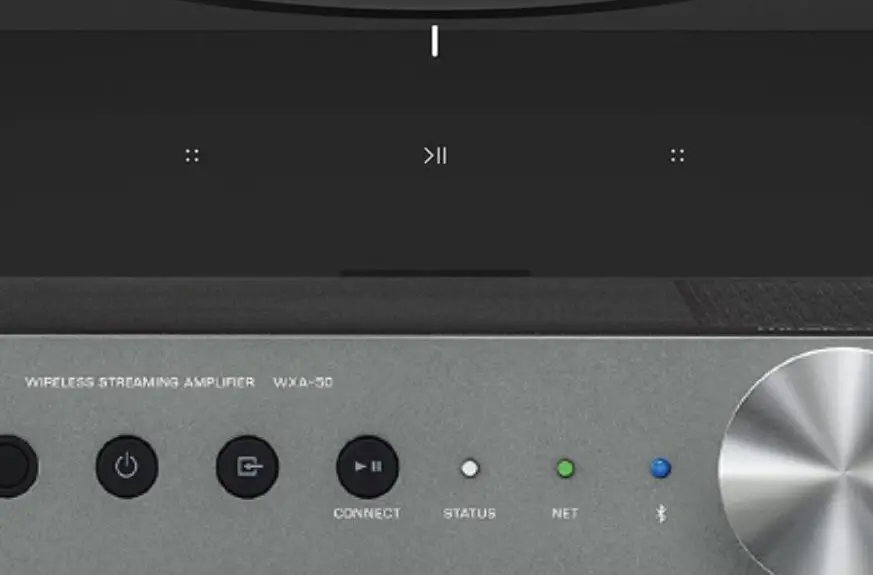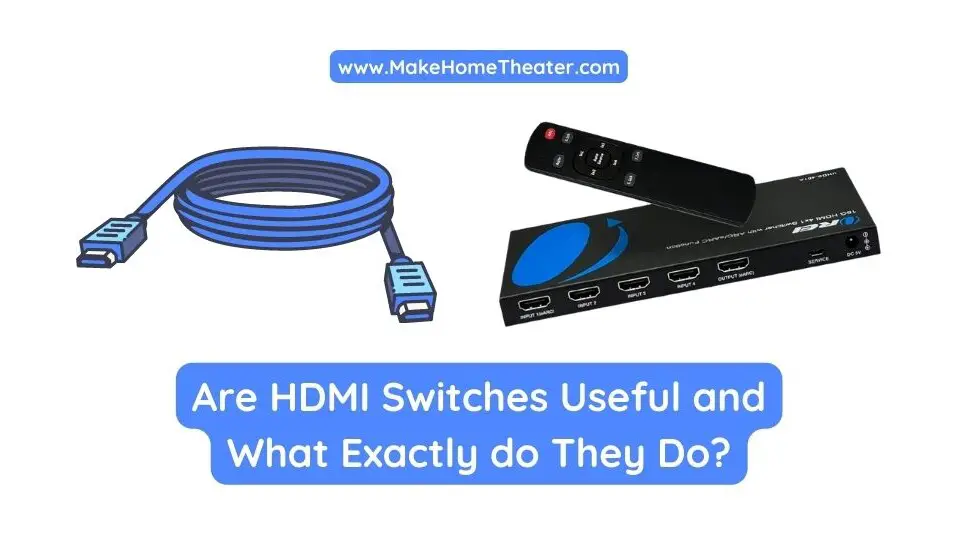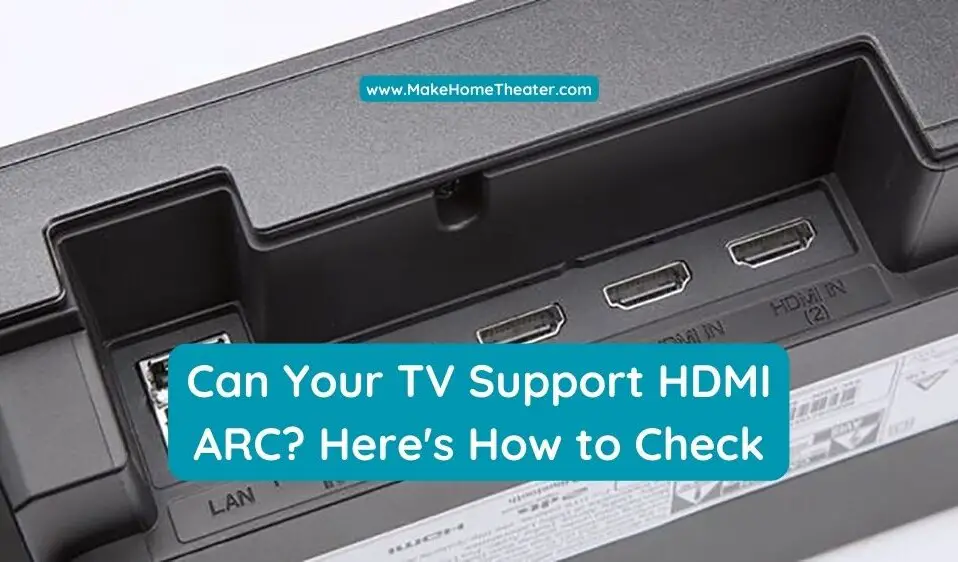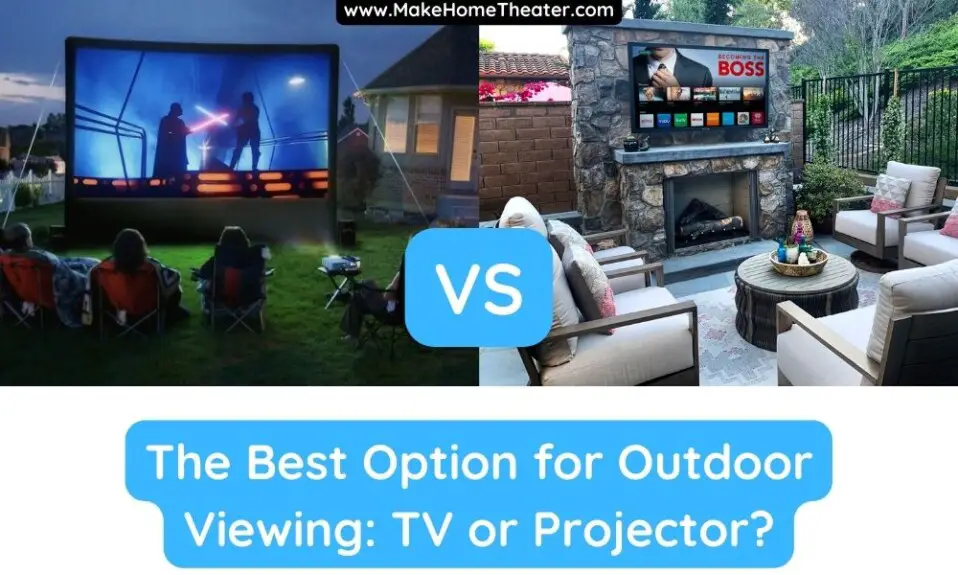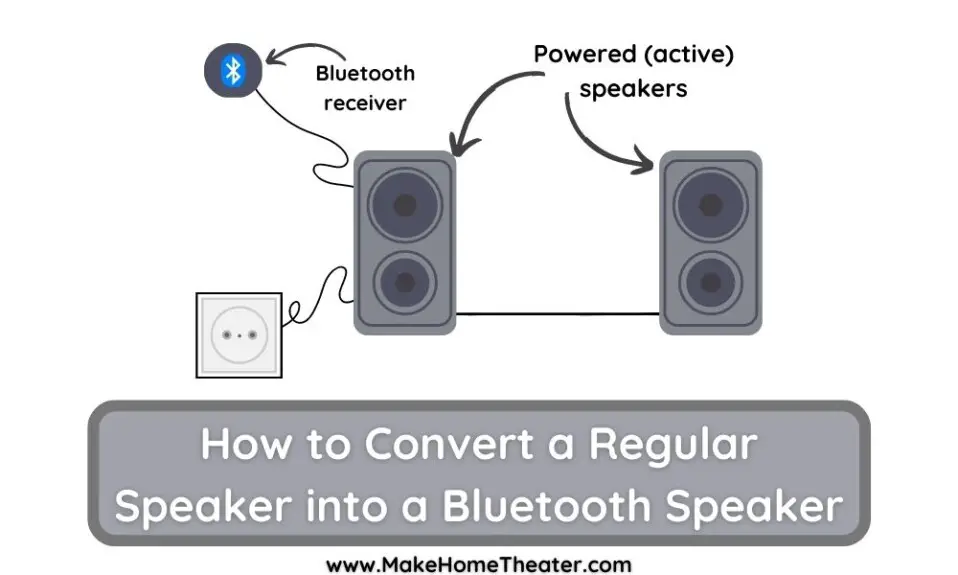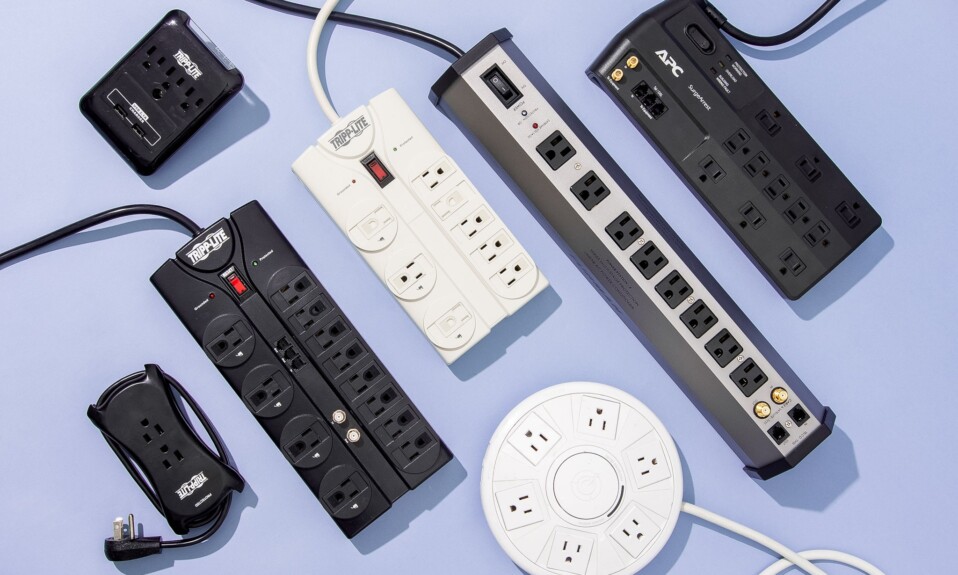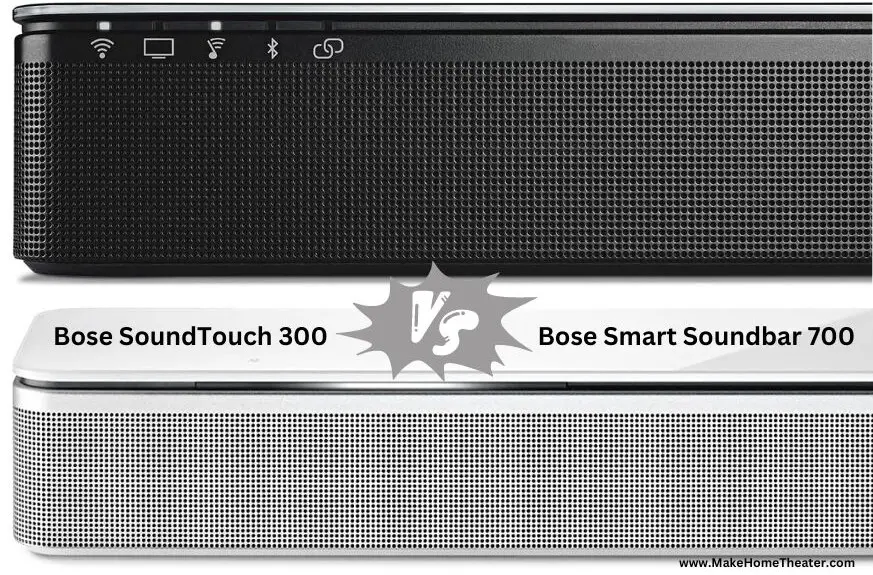The Yamaha WXA-50 and WXC-50 are part of the MusicCast line and both send sound to speakers. But they have different functions. If you use the wrong one, you could damage your speakers or get no sound at all. It’s important to know the difference when setting up a listening room.
The WXA-50 is an amplifier, while the WXC-50 is a preamplifier. Preamplifiers like the WXC-50 send a signal to an amplifier. Amplifiers like the WXA-50 increase the signal strength that goes to the speakers.
The main difference between a preamplifier and a power amplifier is the source of power for the audio signal. A preamplifier needs an external power source to boost the audio signal for the speaker. A power amplifier generates a strong enough signal to power the speaker directly.
Table of Contents
Key Differences
The main difference between the Yamaha WXA-50 (on Amazon) and WXC-50 (on Amazon) is the power of the signal they output. The WXA-50 is an amplifier that boosts the audio signal to 55 watts. The WXC-50 is a preamplifier that doesn’t increase the signal strength.
The WXA-50 Amplifier typically outputs speaker channels at 55 watts when using 8 ohm speakers. However, it can also output channels at 70 or 105 watts when using 6 or 4 ohm speakers, respectively. Make sure to check your speaker’s ohm rating to know the expected output from this amplifier.
Each device has a specific use. You can’t use them interchangeably. The WXA-50 only works with passive speakers. The WXC-50 needs an external device to amplify its signals. The WXA-50 is an amplifier, while the WXC-50 is more like a receiver.
The Yamaha WXC-50

The Yamaha WXC-50 is a preamplifier that prepares the sound before it goes to the power amplification stage. You can use preamps in two ways: with active speakers or a power amplifier.
You can only use the WXC-50 with passive speakers if you have a power amplifier. If you try to use the WXC-50 with passive speakers alone, you won’t get much sound or any at all. Knowing the purpose of the WXC-50 will help you get the most out of it.
Pros
The WXC-50 is a unique preamplifier because of its advanced digital capabilities. It can convert between various audio signal types.
The WXC-50 can receive analog, digital optical, USB, ethernet, and wireless connections, like the WXA-50. But it can also output analog, digital optical, and coaxial signals.
The WXC-50 is a good choice if you have active speakers. These speakers have their own power source and amplifier, which means they can amplify a line level signal. Passive speakers don’t have this capability.
Cons
If you have passive speakers, you need a power amplifier or A/V receiver to use them with the WXC-50.
The WXC-50 is a good addition to a home theater system to make it a home audio system. However, it’s not a complete home audio system on its own.
The WXC-50 is an expensive preamp, especially if you’re building a home audio system from scratch. It’s a great option but will be less useful if you don’t have the right equipment to fully utilize it.
You can use the WXC-50 with active speakers, but they have extra power cables and need thicker wires for connections. If you want a clean home audio system, the WXC-50 is a costly starting point.
The Yamaha WXA-50
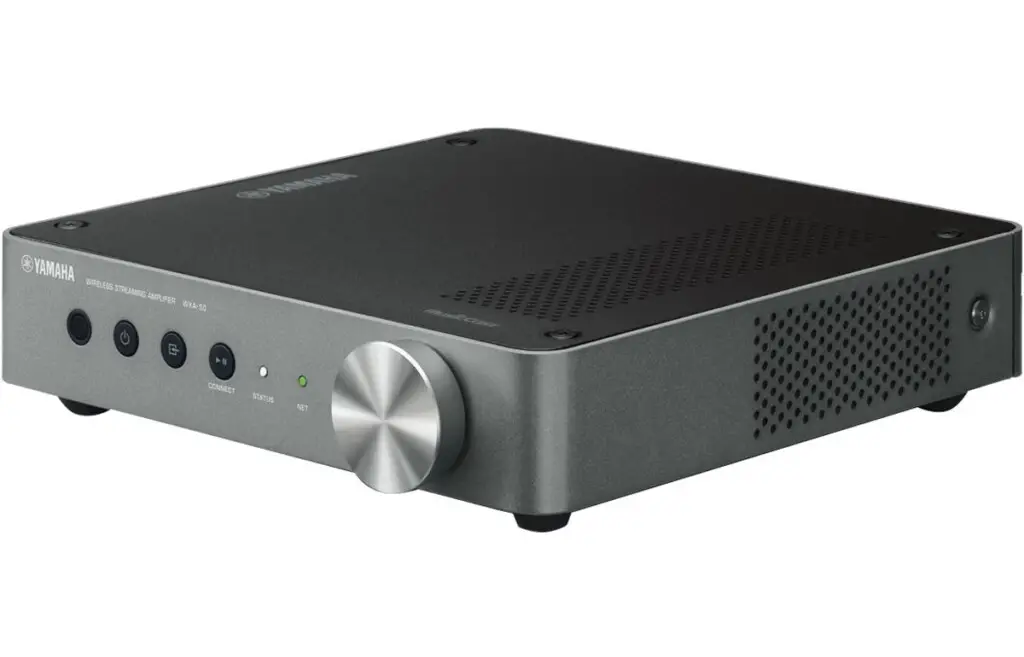
The Yamaha WXA-50 is a power amplifier that takes a line-level signal and amplifies it. This creates a signal that can power a speaker without an external power source. If you read our comparison article with the Sonos Amp, you’d know this about the WXA-50.
Speakers that don’t use an external power source are called passive speakers. A power amplifier like the WXA-50 only works with passive speakers. If you use it with active speakers, which have their own power source, you risk damaging the speakers because the sound signal gets amplified twice, which could blow out the speakers. This includes soundbars.
Pros
The WXA-50 has advanced digital capabilities that set it apart from other power amplifiers. In addition to standard auxiliary inputs, it has digital optical input, USB, ethernet, and wireless connections.
You can wirelessly connect to the WXA-50 using Bluetooth, AirPlay, and WiFi. The USB connection allows you to play mp3, mp4, wma, wav, flac, aiff, alac, and dsd files. It can also stream music from Pandora, Spotify, Rhapsody, Sirius XM, and vTuner.
You can use a computer to set the WXA-50 to play from iTunes using AirPlay. It also lets you use the trigger function on some subwoofers, allowing you to turn an active subwoofer on and off with a remote.
Cons
Although the WXA-50 has many advanced features, it may be too expensive for some people. It is worth the price for audio enthusiasts, but even then, you may want to use a preamp before connecting to all the inputs it allows.
The WXA-50 is a good choice if you want a quality, all-in-one option. If you want to build a costly home audio system, it’s a good place to start. But if you want to add to an already strong home audio system, you might want to consider other options.
The WXC-50 is a good choice if you need to condition your sound. It’s especially useful for digital devices, which often benefit from equalization (EQ) and gain controls. The WXC-50 can be used with active speakers or a power amplifier, but not with passive speakers. If you want to use it with passive speakers, you’ll need an additional device such as a power amplifier or A/V receiver.
Which One To Choose?
Start with what you have. Use your audio needs and existing equipment to guide your home theater project. Avoid spending a lot of money on new equipment unless necessary.
If you have:
- Passive Speakers:
If you only want to upgrade one thing and you have passive speakers, choose the WXA-50 power amplifier. It is the best option.
With passive speakers, it’s best to have both a preamp and power amp. The preamp improves the sound before it goes to the speakers. The power amp amplifies the signal.
If you want to improve your home theater system with music listening, consider adding an analog power amplifier and the WXC-50. You usually don’t need both the WXA-50 and WXC-50. The WXC-50 has all the benefits of the WXA-50, and more.
- Active Speakers:
If your speakers have their own power source, you just need the WXC-50. Connect to the analog outputs and you’re ready. If the speakers have volume control, adjust it to match the volume of the preamp. This may vary depending on your audio system.
– Preamp Only:
To use speakers with a preamp only, turn down both the speakers and preamp. Connect and power them on, then play music.
While music is playing, turn the speaker volume to maximum. Slowly adjust the preamp volume to your preference. Always use the preamp to control volume.
– Multiple Devices:
If the preamp is one of many devices that use the speakers, adjust the preamp with the existing speaker volume settings. Or, consider getting a receiver which usually doesn’t require a preamp. For example, if you use an A/B switch to connect a laptop, the laptop won’t control volume.
If you can’t control volume with the device, adjust the speakers first. Then with the volume all the way down, adjust the preamp volume to a comfortable level while playing music.
To Sum Up
If you don’t have speakers or don’t want to use old ones, it can be tough to decide between active and passive speakers. Usually, the best audio system is a preamp, power amp, and passive speakers. For a more advanced setup, add an active subwoofer.
It’s also okay to use a preamp and active speakers, though there will be more wires. You can use design tricks to hide the cables if you go this route. The choice is personal preference.



